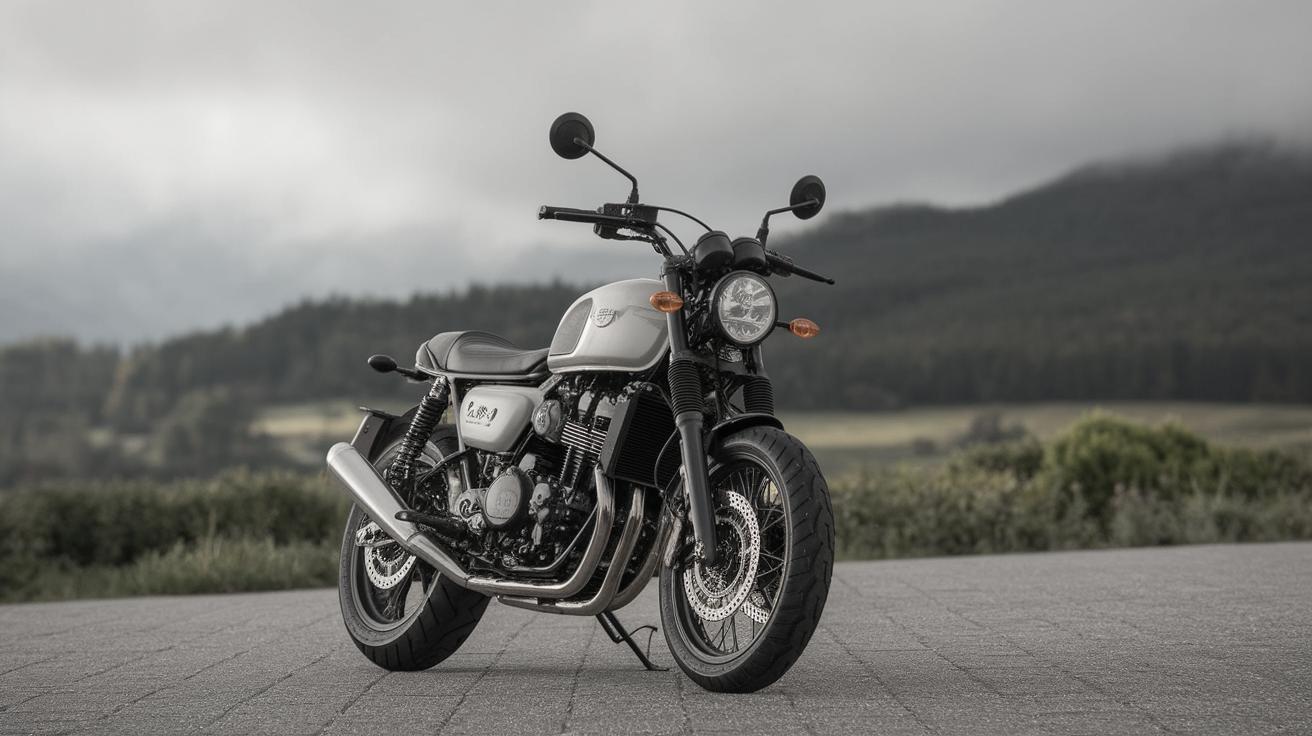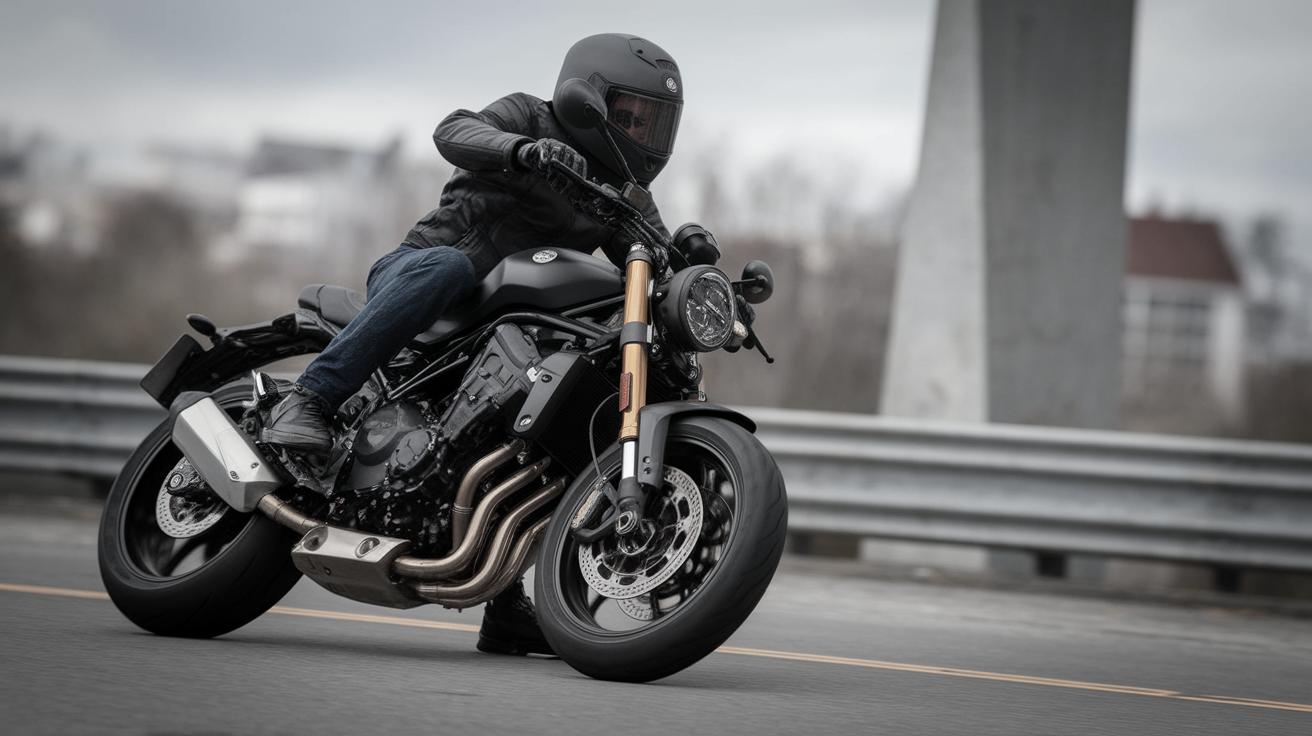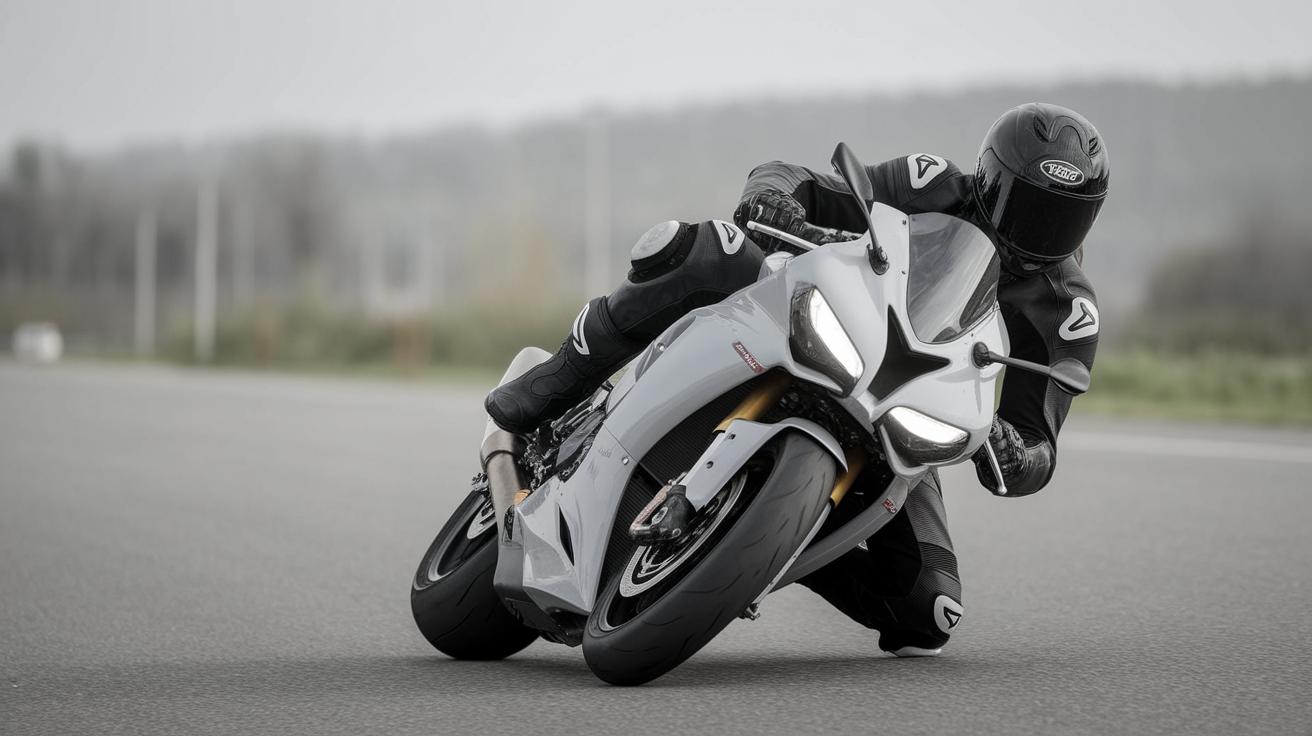How to Maintain Motorcycle Tire Pressure
Every motorcycle rider knows that to enjoy the thrill of the open road, their machine must be in top condition, starting with the tires. Proper tire pressure isn’t just a key to fuel efficiency but is also crucial for safety and comfort. This guide will cover everything you need to know about maintaining motorcycle tire pressure, from understanding the influence of different factors, choosing the right pressure, managing it effectively, and adapting to various scenarios. We will delve into tools you need, recommended pressures for different motorcycles, and the risks associated with incorrect pressure. By the end of this comprehensive guide, you’ll know exactly how to keep your bike’s tires in optimum condition for a safe and enjoyable ride.
Choosing the Right Pressure for Your Bike’s Tires
Choosing the correct tire pressure for your motorcycle is not just about following a set number. Various elements, including the type of motorcycle, the kind of tires you have, and personal riding style, play a role in determining optimal pressure. The motorcycle manufacturer typically provides a recommended tire pressure, which is often found in the owner’s manual or on the bike’s frame.
However, customization is key. If you have aftermarket tires, you might need to adjust the pressure accordingly. Furthermore, your weight as a rider and any additional cargo should be factored in. Consulting knowledgeable peers, or tire specialists can help ensure your tires are inflated at the best pressure for your specifications.
Factors Affecting Motorcycle Tire Pressure
Temperature fluctuations can significantly impact tire pressure. Typically, tire pressure increases in warm temperatures and decreases during cooler weather. This is why it’s crucial to check your tire pressure regularly, particularly during seasonal changes.
Additionally, your riding style—whether you’re a regular city commuter or an off-road enthusiast—also affects the needed tire pressure. More aggressive riders or those participating in motorsports might need different pressures to ensure stability and performance.
What You Need to Check and Manage Your Tire Pressure
Tools to Use
Managing motorcycle tire pressure starts with having the right tools. A reliable tire pressure gauge is a must to ensure accurate readings. Digital gauges are often preferred for their precision and ease of use. It’s also handy to have a portable air compressor, especially if you’re often on long tours or trips in remote areas.
Moreover, using valve caps is crucial in preventing air leakage and keeping debris out of the valve stem. Investing in a quality tire repair kit might also be worthwhile, providing you peace of mind if a puncture occurs on the road.
Step-by-Step Guide
To manage and check your tire pressure, start by ensuring the tires are cold. Unscrew the valve cap and press the tire gauge onto the valve stem firmly. Read the gauge and compare it with the recommended pressure in the owner’s manual. If adjustment is needed, release air by pressing the pin inside the valve stem or add air using a compressor.
Once adjustments are made, recheck the pressure to ensure accuracy. Finally, replace the valve cap securely. This process should be repeated regularly to maintain optimal performance and safety.
How to Check and Maintain Motorcycle Tire Pressure?
Checking tire pressure should become routine before any significant journey. Begin by gathering the necessary tools, including a tire gauge and an air compressor. Position the motorcycle on a flat surface for an accurate reading.
Adjusting Tire Pressure
If adjustments are needed, use your air compressor to inflate to the desired PSI. Be cautious not to overinflate as this could lead to reduced traction or increased wear. Conversely, under-inflated tires diminish fuel efficiency and can result in tire damage.
Recheck the pressure after inflation to ensure it’s at the recommended level. This simple routine check is a small investment of time for a safer, more fuel-efficient ride.
Recommended Tire Pressure for Different Motorcycles
The recommended tire pressure varies between different motorcycle categories. For instance, sport bikes often require higher pressures for enhanced traction and performance compared to cruisers.
Consulting your motorcycle manual is a wise starting point. This provides information tailored to your motorcycle model, ensuring the tire pressure optimally balances performance and safety.
Tire Pressure Adjustments for Different Riding Scenarios
For city riders, maintaining a balanced tire pressure close to the manufacturer’s recommendation is essential for handling and longevity. Touring riders might require different pressures due to extra payloads.
In contrast, off-road riders often deflate their tires to increase surface area contact, improving grip on uneven terrains. Understanding these scenarios helps tailor your tire pressure adjustments for maximum efficiency and safety.
How to Know if the Tire Pressure is Right for You?
The right tire pressure directly translates to ride quality. If you often feel too many road bumps, your tires might be over-inflated. Increased steering difficulty and sluggishness might hint at under-inflation.
Experimenting with minor adjustments can help personalize pressure settings. Continual improvements in ride quality will signal when you’ve found the best pressure for your motorcycle.
When and How Often to Check Tire Pressure
It’s best to check tire pressure before every long ride. However, a weekly check is advisable in more routine riding scenarios. Fluctuations in ambient temperature can also justify additional checks.
Staying vigilant with checks ensures that small issues with tire pressure don’t evolve into significant safety risks or cause excessive wear over time.
The Risks of Incorrect Tire Pressure
Incorrect tire pressure can lead to numerous risks. Over-inflation may result in reduced traction, leading to increased chances of accidents, especially in wet conditions. Moreover, it causes uneven wear, shortening the tire life.
Under-inflated tires are equally hazardous, causing heat build-up that can lead to blowouts. They also cause increased fuel consumption and compromised vehicle control. Therefore, vigilant maintenance is crucial.
Additional Tips for Safe Riding
Apart from tire pressure checks, regular inspections for tire damage or wear are also necessary. Ensure there are no objects lodged in the tread that could eventually puncture the tire.
Additionally, being aware of manufacturer’s recalls and driving cautiously when roads are wet or slippery are proactive steps that supplement tire maintenance, ensuring overall safety.
Summary of Main Points
| Section | Summary |
|---|---|
| Choosing the Right Pressure | Consider bike type, rider weight, and customization for optimal pressure. |
| Factors Affecting Pressure | Temperature and riding style significantly influence pressure needs. |
| Tools and Management | Use a tire gauge, compressor, and valve caps for accurate maintenance. |
| Checking and Maintaining | Routine checks and adjustments ensure safe and efficient rides. |
| Recommended Pressure | Refer to the manual and consider motorcycle type for guidelines. |
| Tire Adjustments | Modify pressure per riding conditions for optimal performance. |
| Signs of Correct Pressure | Proper ride quality and handling indicate correct pressure levels. |
| Inspection Frequency | Check weekly or before long rides to maintain tire health. |
| Risks of Incorrect Pressure | Over or under-inflation impacts safety, fuel efficiency, and tire longevity. |
| Safety Tips | Regular inspections and cautious riding enhance safety measures. |


